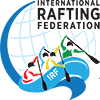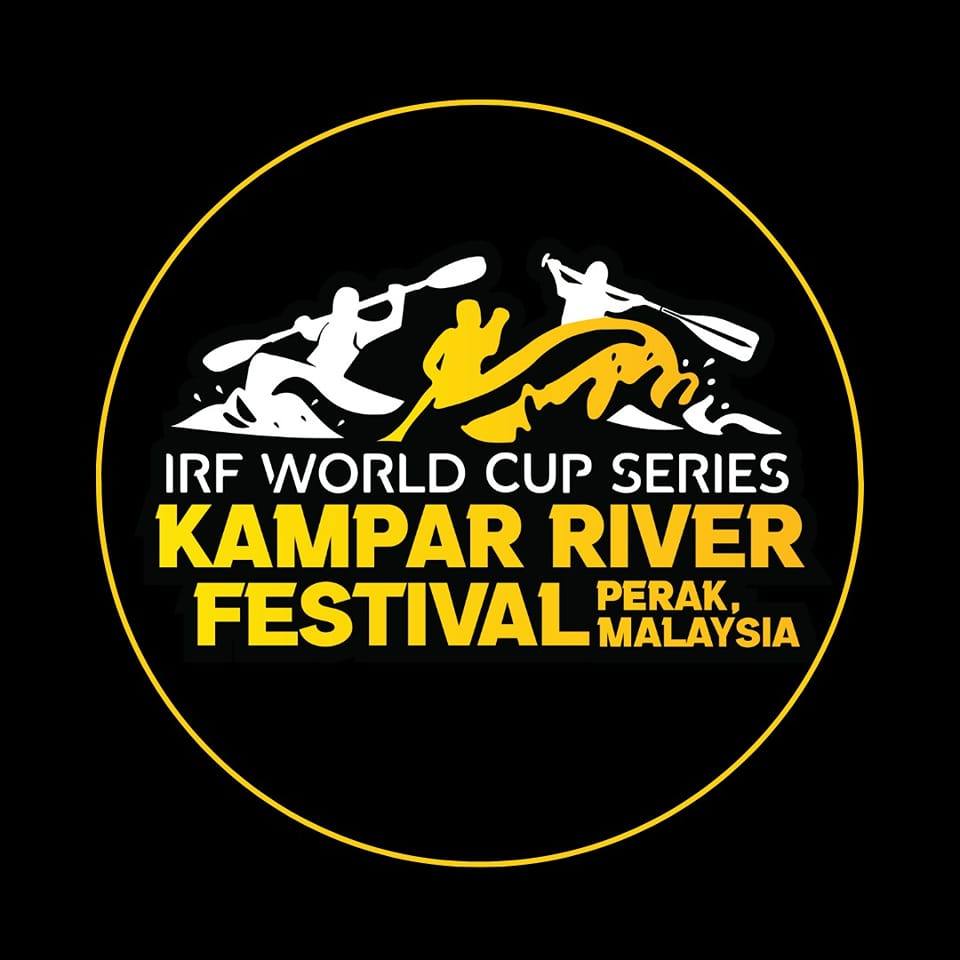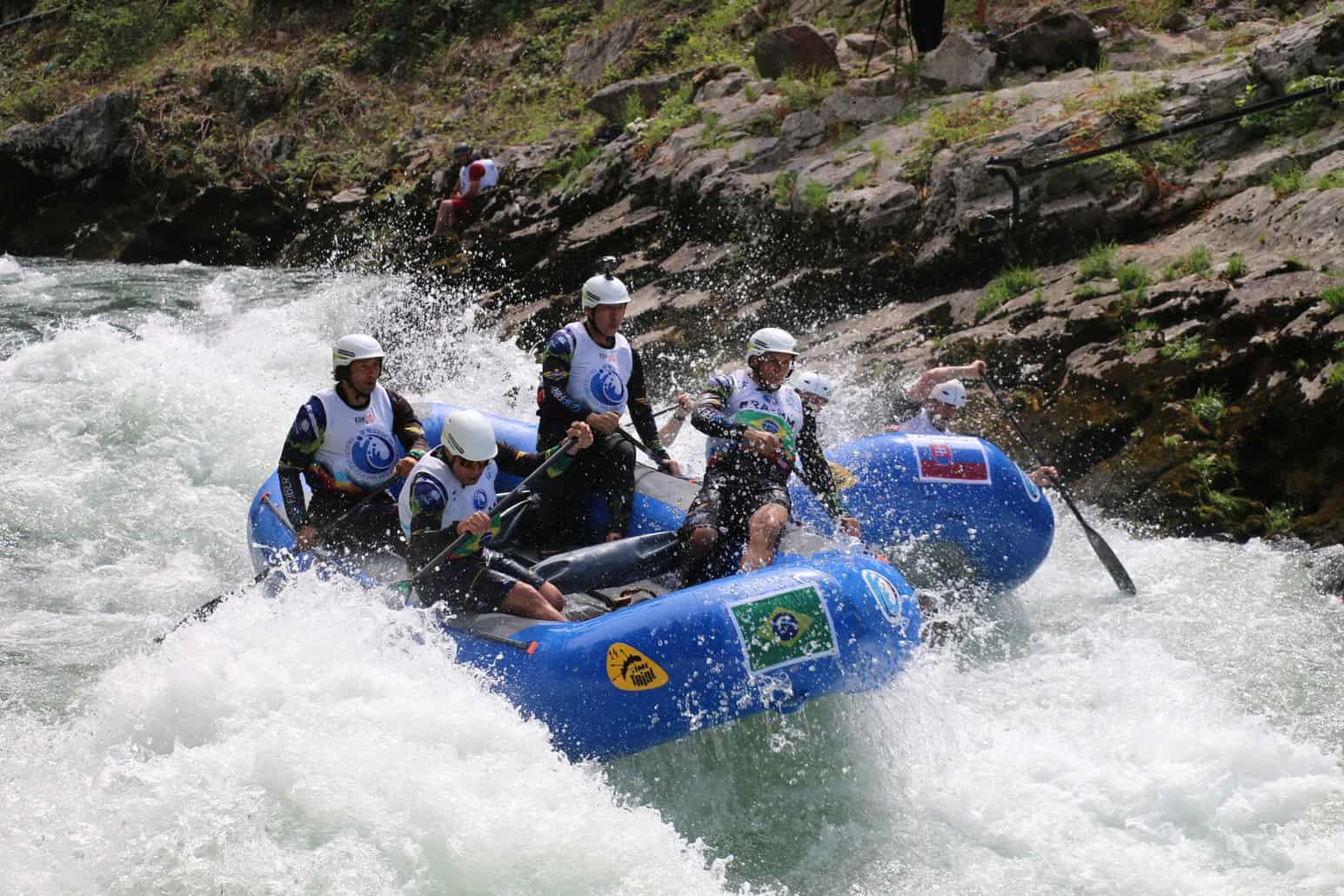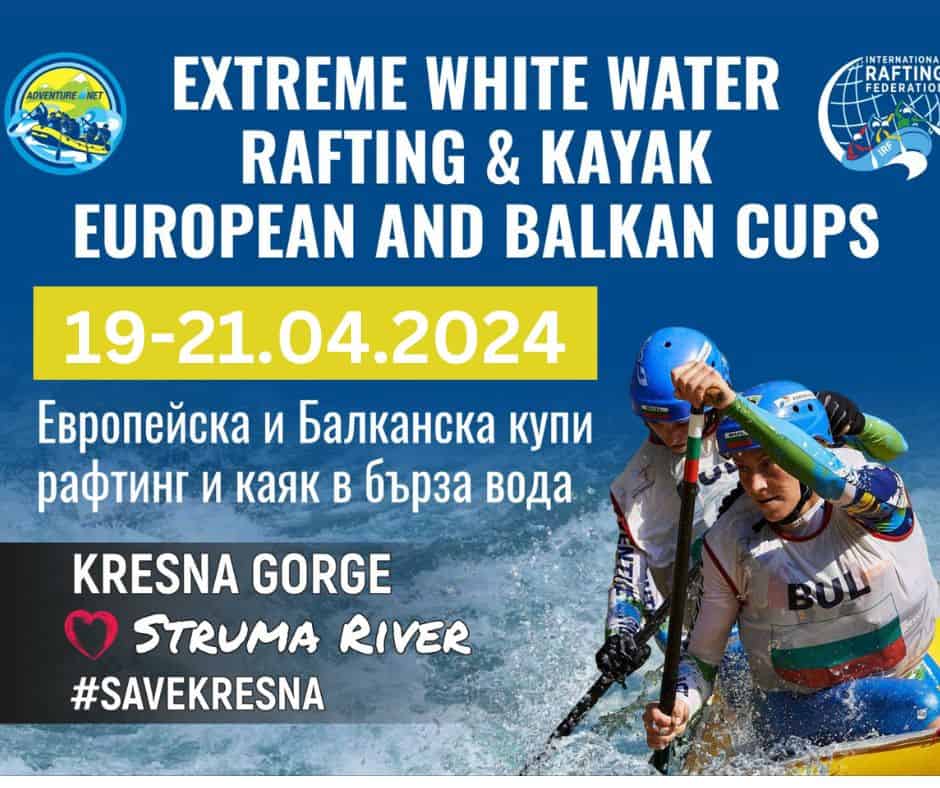Nick Harding | Sportscene – In a gig-venue and shop named The Store near Okere Falls, Rotorua, New Zealand, SPORTSCENE Director Rob has a morning coffee with extreme paddling poster-boy Sam Sutton. A little bit on Sam before we get into his dual personalities.
The Adidas Sickline extreme kayak triple World Champion (2010, 2011, 2012) was born a 2km-drive from the Kaituna River in the centre of the North Island. Sam had an excellent opportunity growing up there paddling every morning and evening around school. As a result he progressed quickly in playboats, but never really got into slalom sport.
“In my opinion slalom is a practise sport that has been turned into an Olympic sport, slalom gates were made to make difficult moves in easy water”
Having said this though, he still respects the vigorous training that slalom athletes undertake and admits even having had thoughts about giving it a go at elite level due its Olympic attraction.
Go hard technical kayakist
On one hand, Sam’s veins flow with kayaking; “I don’t know life without it, when not paddling everything else is just a means to get to the river.” He looks at rapid-lines and competitions through a solo paddler’s eyes, he kayaks positively knowing he’ll make it through, he won’t paddle at all if he has doubts. He doesn’t dive deep preferring to paddle above the waterline. He is highly self-critical of every move he makes, getting the nose wet is a sin.
His dream descent would be a long, hard rapid followed by a 50ft waterfall to finish, when he has time he would like to search for it in Chile. Openly, he does prefer running rapids to waterfalls which he finds more satisfying and, as he puts it, are “easier to die on.”
Running a complex rapid is harder than, in my opinion, running a big waterfall. Big waterfalls come down to three strokes really.
Yet, what shines through is his respect for the river and the other side of the fence. He admires paddlers like Evan Garcia who has established a long-term career because he can run large, but not ludicrously high, waterfalls repeatedly and cleanly. Knowledge derives from repetition and experience.
He admits to being a flippant youngster but has learnt from his mistakes. It is too easy for ballsy, up-and-coming 19-20 year old paddlers to try and establish themselves professionally by going too high too soon, claiming a drop as theirs; short-burst careers often lead to serious injury.
Sam believes the way forward is in fact is to develop ability slowly over-time, taking the inevitable swim as you go and learning from the example of older, experienced paddlers like Steve Fisher. He acknowledges that there is no transition from small to larger waterfalls as they all involve a ‘leap of faith’, but what should be important is progressing from rolling to steep lips.
Sam’s mindset could be more compared to Usain Bolt who was relaxingly chatting-up a track-attendant two minutes before his 200m final at London 2012. He finds it amusing watching competitors who psyche themselves up getting into the zone before a run. Despite his light-hearted approach, he is meticulous setting mental slalom gates revealing it takes two weeks to truly learn descent-lines.
Win-hungry rafting persona
Suppressing his kayaking Sméagol, Sam’s Gollum is rafting. He is also a national rafter for New Zealand who aims to be competing at the 2013 World Championship in Rotorua which takes place one month after Sickline. He must therefore examine river obstacles from a different oeil.
Where he sees himself as a professional kayakist, as a rafter he faces many challenges. Firstly in a raft you have the opinions of the whole team to contend with, not just your own. He greatly enjoys this variety from solo-paddling, as well as the camaraderie from being in a raft with his buddies. He feels obliged not to let them down.
Then there is the raft itself as an object which dissects the water differently. There must be an element of telepathy residing through the team mindset, as they stroke and turn synchronously as one.
Thirdly a major challenge the New Zealand team face, and other nations who have participants involved in slalom or extreme, is getting all participants together to train. They will have one intensive month together after Sickline to practise becoming a slick unit like the Japanese who are seen as impressively-dedicated, strong and disciplined. The Europeans too take rafting extremely seriously and will be challenging arch-rivals.
Unfortunately rafting does not have the same public profile as kayaking, some considering it a lesser sport. Sam seeks to change this, the World Championship in Rotorua should do wonders for the local raft-tourist businesses and brands.
He is as focused in his rafting career as he is in a kayak, he wants to “smoke the clowns” at the Worlds.
…….
Sam is often considered in the canoe world as mentally ferocious and yet a modest achiever. He is level-headed when it comes to respecting different approaches to river running. Sam’s businesses-mindedness and approachability are excellent qualities for promoting paddle sport.
So, busy Sam has a lot of mental juggling to do in 2013, balancing a relationship and a new-born child, managing his own rafting company, defending his Sickline crown, his World rafting goals and his personal ambitions to find that perfect river-run.
Best of luck mate!
Links
Sam Sutton wins his third Adidas Sickline Extreme Kayak World Championship Title
Sam Sutton interview with Adidas
Website 2013 World Championships Rafting
